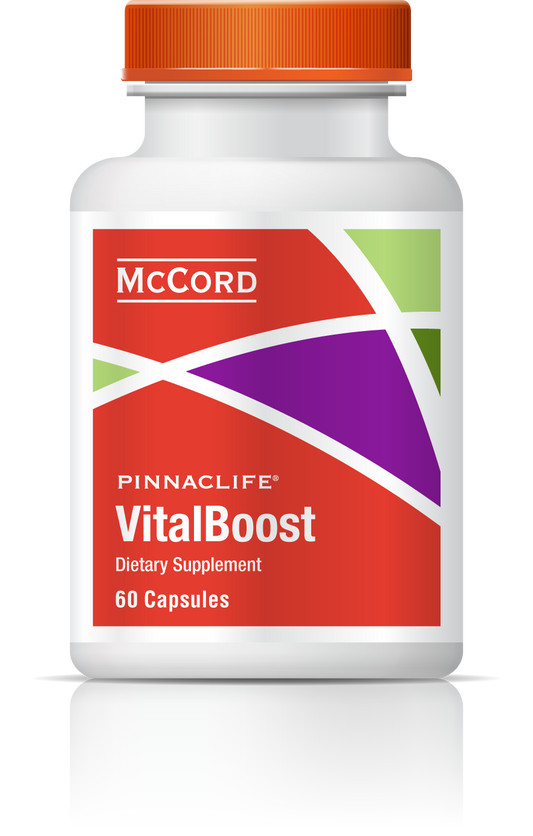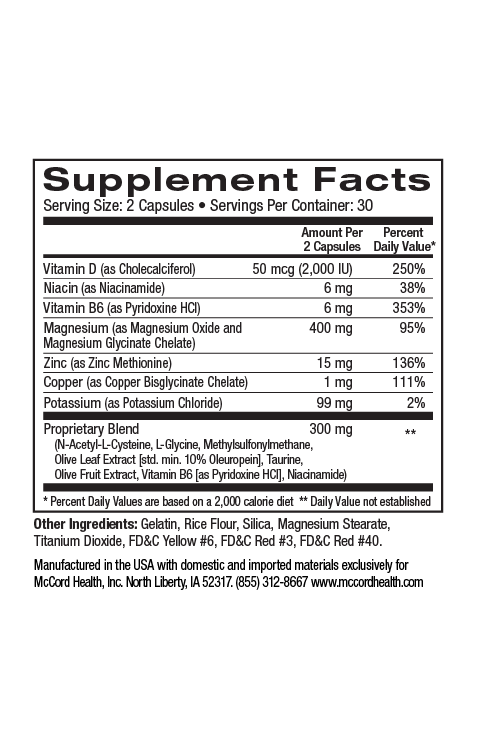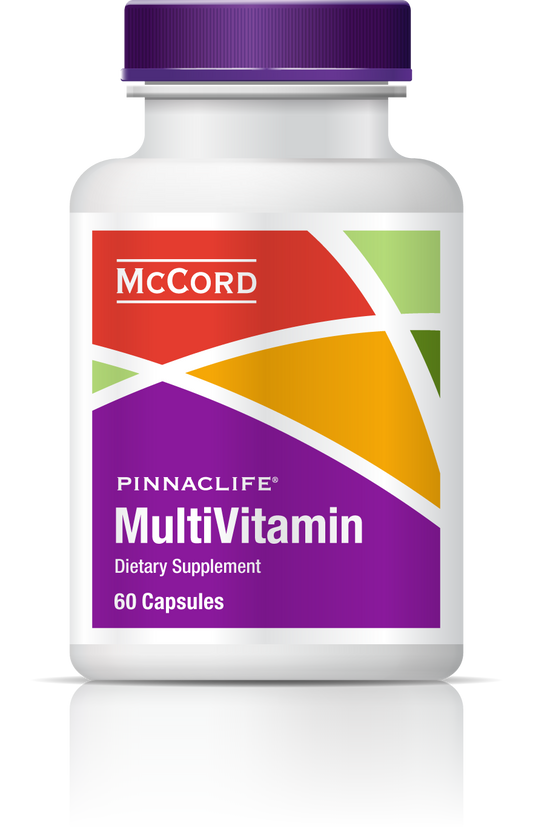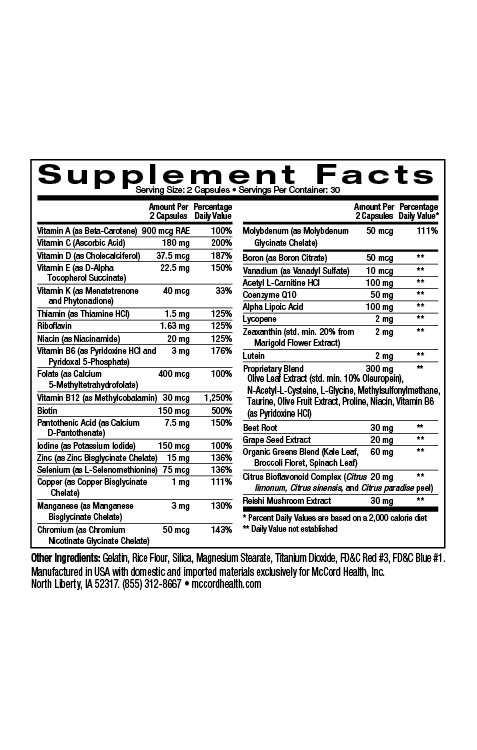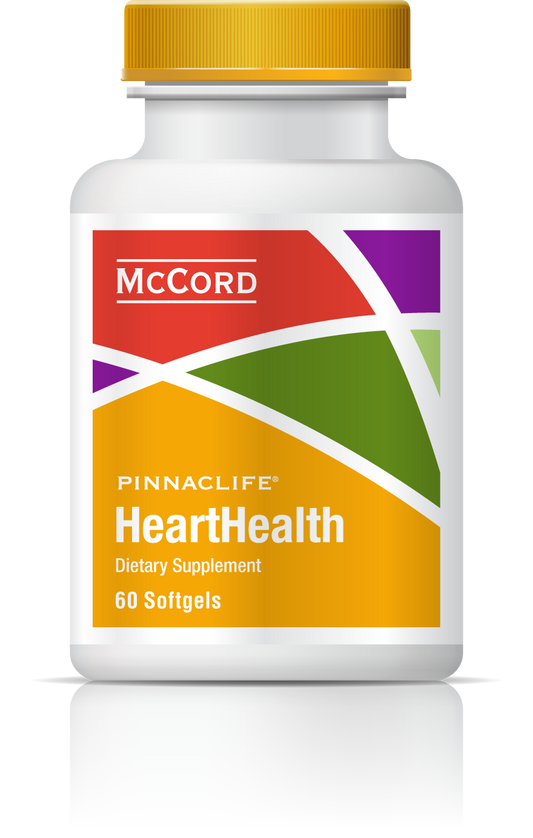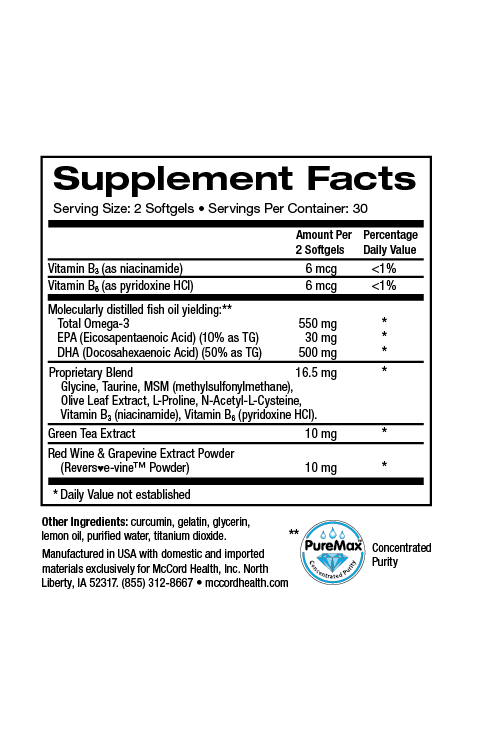Hand dermatitis is one of the most common problems encountered in dermatology with a prevalence possibly as high as 50% or greater in certain occupations. The discomfort associated with hand dermatitis frequently results in a decreased quality of life. In fact, hand dermatitis can be debilitating for many years.
Dermatitis (or eczema) is inflammation of the skin, characterized by itchy (pruritic), red, weeping skin with vesicles and/or crusty patches. The risk factors for hand dermatitis include frequent hand washing, chemical exposures, and wet-work environments contributing to a higher prevalence in specific occupations including healthcare professionals and food industry employees.
Several of the extraordinary small molecules found in Viniferamine® skincare products have potent anti-inflammatory activities including the beneficial polyphenols oleuropein, resveratrol, and epigallocatechin-3-gallate (EGCG) from olives, grapes, and green tea, respectively, as well as the important small molecules, melatonin, and L-glutathione. In addition, dipotassium glycyrrhizate and components of shea butter and aloe vera also possess anti-inflammatory activities.
Three of the most common types of hand dermatitis include atopic dermatitis (AD), allergic contact dermatitis (ACD) and irritant contact dermatitis (ICD). AD is the most common chronic inflammatory skin disease that often occurs in association with food allergies, hay fever or asthma. It affects approximately 15-30% of individuals in the early years of life with a lifetime prevalence of approximately 10-20%.
AD is characterized by immune dysregulation and epidermal barrier dysfunction caused by genetic mutations in a structural protein (filaggrin) essential for the formation of the skin barrier as well as natural skin moisturizers. A decreased content of specific lipids (ceramides) in the epidermis is also typical of AD. Due to their impaired skin barrier function, individuals with AD are more likely to develop ACD and ICD. AD has also been associated with obesity and exposure to air pollutants including tobacco smoke.
ACD is a delayed hypersensitivity response that occurs when an allergen comes in contact with the skin. Inflammation is usually delayed by a few days from the time of exposure. Contact allergens do not produce immune responses by themselves but must bind to epidermal proteins in order to elicit a response. Hundreds of chemicals present in almost every industry including rubber additives have been found to cause ACD, which is the second most commonly reported occupational illness. Frequent water exposure increases sensitization to allergens, making ACD more common in occupations where wet-work is combined with exposure to allergens.
ICD is an inflammatory response that results from activated innate immunity to skin damage without prior sensitization. The severity of ICD is proportional to the nature of the irritant and the extent of damage to the skin barrier. Detergents like sodium lauryl sulfate (SLS) used in soaps can damage structural proteins, including keratin, exposing new water binding sites, causing hyper-hydration of the stratum corneum and disorganization of the lipid bilayers.
Viniferamine® skincare products include ingredients that enhance epidermal barriers. Measuring transepidermal water loss (TEWL) is one way to assess the quality of the skin barrier and how well it functions. Oleuropein has been shown to reduce transepidermal water loss indicating its ability to increase skin barrier function. Evidence also demonstrates that melatonin has a stimulatory role in building and maintaining the epidermal barrier. In addition, dipotassium glycyrrhizate protects against degradation of hyaluronic acid, which helps maintain skin hydration. Viniferamine® skincare products including Silicone Barrier protect epidermal barriers.
Frequent hand washing can irritate skin. Unlike soaps that may include harsh detergents, Viniferamine® Clean N Moist includes phospholipids, nutrients and moisturizers to gently cleanse and protect skin. Furthermore, the dimethicone found in Viniferamine® skincare products like Silicone Barrier and Clean N Moist provides a non-occlusive, “breathable” barrier to protect skin and help keep it hydrated.
Specific genetic, immune, and environmental factors predispose individuals to an increased risk of hand dermatitis. Protecting skin by using Viniferamine® Silicone Barrier and Clean N Moist will enhance the skin barrier to help defend against allergens and irritants. Moreover, many of the potent small molecule ingredients that are included in Viniferamine® skincare products protect against inflammation.
About the author: Nancy Ray, PhD is the Vice President of Scientific Affairs at McCord Research. Dr. Ray received her PhD in Biochemistry and Biophysics and was a postdoctoral fellow at NIH, Harvard University and Dana-Farber Cancer Institute, and the University of Iowa. She also earned bachelor of science degrees in Chemistry and Microbiology.
References
- Semin Cutan Med Surg 2013; 32: 147-157.
- J Am Board Fam Med 2009; 22: 325-330.
- Eur J Dermatol 2004; 14: 284-295.
- Int J Mol Sci 2014; 15: 18508-18524.
- Diab Vasc Dis Res 2014; 11: 92-102.
- Oxid Med Cell Longev 2012; ID 560682:1-8.
- J Pineal Res 2013; 55: 325-356.
- Int J Gen Med 2011; 4: 105-113.
- Evid Based Complement Altern Med 2012; ID 650514:1-9.
- J Oleo Sci 2010; 59: 273-280.
- J Allergy Clin Immunol 2014; 134: 769-779.
- Pediatr Health 2008; 2: 733-747.
- J Am Acad Dermatol 2015; 72: 606-616.
- J Allergy Clin Immunol 2014; 134: 993-999.
- Environ Health Insights 2014; 8: 51-62.
- Mediators Inflamm 2013; ID916497, 1-7.
- Int J Cosmet Sci 2008; 30: 113-120.
- FASEB J 2013; 27: 2742-2755.
- Pathol Biol 2015; 63: 32-34.
Disclaimer: These statements have not been reviewed by the FDA. The decision to use these products should be discussed with a trusted healthcare provider. The authors and the publisher of this work have made every effort to use sources believed to be reliable to provide information that is accurate and compatible with the standards generally accepted at the time of publication. The authors and the publisher shall not be liable for any special, consequential, or exemplary damages resulting, in whole or in part, from the readers’ use of, or reliance on, the information contained in this article. The publisher has no responsibility for the persistence or accuracy of URLs for external or third party Internet websites referred to in this publication and does not guarantee that any content on such websites is, or will remain, accurate or appropriate.
